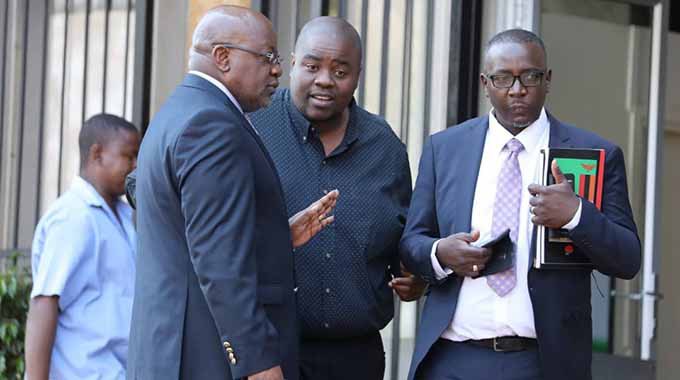THE Zimbabwe Energy Regulatory Authority (Zera) has granted the Hwange Electricity Supply Company a generation licence to maintain and operate the Hwange Power Station stage III.
According to a notice, Zera said it had given a power generation licence to Hwange Electricity Supply Company, a vehicle established to build units 7 and 8 at the power plant.
“The generation licence is hereby granted to Hwange Electricity Supply Company (Pvt) Limited (the Licensee) in terms of Section 42 of the Act to construct, own, operate and maintain Hwange Power Station stage III for the purpose of generation and supply of electricity,” said the regulatory authority, adding the company could distribute electricity for resale.
“Subject to the Act and the terms and conditions of its licence, the holder of this generation licence may supply electricity to any transmission, distribution or supply licensee who purchases electricity for resale and, with the approval of the authority, to any one or more consumers,” it said.
As part of efforts to stimulate private sector participation in power generation, the government last year developed an Independent Power Producer (IPP) framework.
The scheme is expected to draw more investment in the sector and ensure increased access to sustainable and reliable energy for economic growth.
So far, Zera has licensed 12 IPPs with a combined capacity of 5,400 megawatts (MW).
Of the 12, three projects are to be undertaken by the state-owned Zimbabwe Power Company (ZPC).
Among the independent power producers is Lusulu, which plans to develop a coal-fired power station of up to 2,400MW in Hwange.
It has successfully gone through the final feasibility study.
Others are China Africa Sunlight Energy, which is a 600MW project, Shangano Power Plant (600MW), Gwayi (600MW), Essar (600MW) and Great Zimbabwe Hydro (5MW).
Gwayi and China Africa Sunlight Energy projects have gone through the pre-feasibility and full feasibility stages and power purchase agreements have been signed.
Sengwa Project is another independent power producer which is expected to produce 1,200MW.
The project is still courting potential investors and has accessed project preparation funds from the Development Bank of Southern Africa.
Currently, Hippo Valley and Triangle, with a generation capacity of 33MW and 45MW respectively, were contributing up to 6MW excess power to the national grid.
Other small IPPs which are also operational include Border Timbers (0,5MW), Duru (2,2MW), Nyamingura (1,1MW), Pungwe A (2,75MW) and Green Fuel (18,3MW) which supplies four megawatts in excess power to the national grid.
Zimbabwe, which has five power stations, is currently facing power shortages with demand at peak periods estimated to be about 2,200MW.






